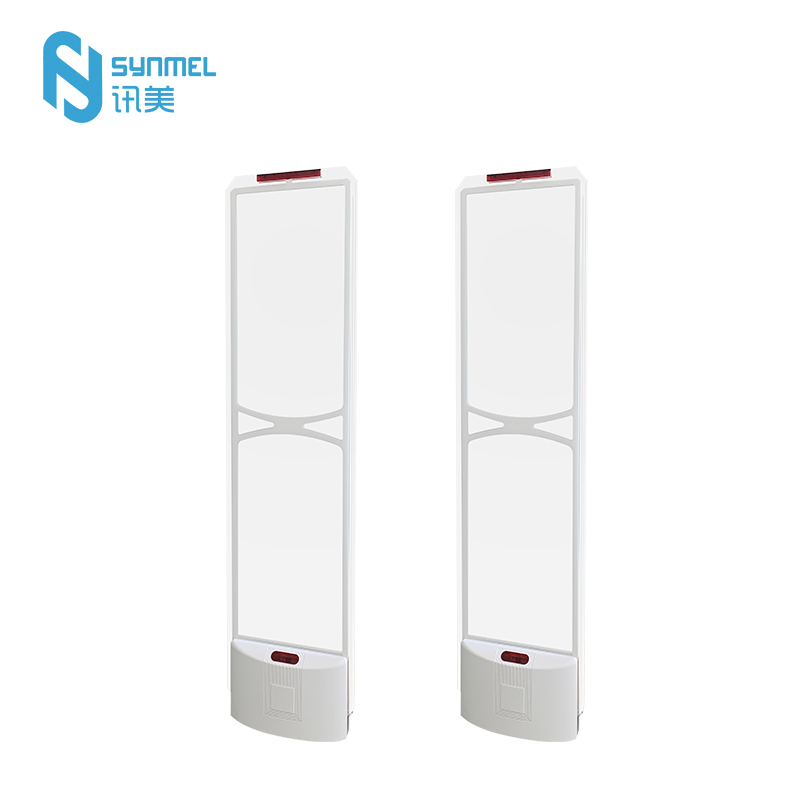- English
- Español
- Português
- русский
- Français
- 日本語
- Deutsch
- tiếng Việt
- Italiano
- Nederlands
- ภาษาไทย
- Polski
- 한국어
- Svenska
- magyar
- Malay
- বাংলা ভাষার
- Dansk
- Suomi
- हिन्दी
- Pilipino
- Türkçe
- Gaeilge
- العربية
- Indonesia
- Norsk
- تمل
- český
- ελληνικά
- український
- Javanese
- فارسی
- தமிழ்
- తెలుగు
- नेपाली
- Burmese
- български
- ລາວ
- Latine
- Қазақша
- Euskal
- Azərbaycan
- Slovenský jazyk
- Македонски
- Lietuvos
- Eesti Keel
- Română
- Slovenski
- मराठी
- Srpski језик
What precautions should be taken when installing the transmitter and receiver of the EAS AM detection system?
2025-10-14
It is crucial to ensure the normal operation of the EAS AM detection system and improve detection efficiency when installing the transmitter and receiver. Here are some key points to note when installing transmitters and receivers:
1. Selection of equipment location
Location of transmitter: The transmitter should be installed above or on both sides of the door or passage to ensure coverage of the entire entrance area. The installation position of the transmitter needs to ensure that it can emit stable electromagnetic wave signals and avoid interference from obstacles or other electrical equipment.
Receiver location: The receiver usually needs to be installed in a position opposite to the transmitter to form an effective signal receiving area. The installation height of the receiver should be consistent with that of the transmitter to ensure the best docking effect between the two devices.
2. Avoid interference from metal objects
During installation, avoid installing the transmitter and receiver near large metal objects. Metals can shield electromagnetic wave signals, leading to a decrease or failure in the performance of detection systems.
If installed near metal objects, appropriate isolation devices may need to be used to reduce metal interference with electromagnetic waves.
3. Power supply
Ensure the stability of the system's power supply and avoid overload or unstable voltage. During installation, the power supply of the transmitter and receiver should be connected to suitable sockets and ensure that the sockets comply with local electrical safety standards.
Check the safety of the power cord to ensure that it does not come into contact with sharp objects or get squeezed, preventing short circuits or fires.
4. Height and alignment
The transmitter and receiver should be installed at a suitable height, usually recommended at the top of the door frame or slightly above the doorway to ensure the clarity and stability of the transmitted and received signals.
Pay attention to ensuring the alignment of the transmitter and receiver during installation. Any deviation may lead to signal asymmetry and affect the system's performance.
5. Distance between devices
The distance between the transmitter and receiver should be adjusted according to the specific model of the EAS system. Both too close and too far distance may cause signal interference or insufficient detection range.
6. Environmental factors
The installation location should avoid environments with high temperatures, humidity, or strong electromagnetic interference. Stay away from strong electromagnetic interference sources such as large motors, transformers, or radio transmitters to avoid affecting the normal operation of the EAS system.
7. Debugging and testing of the detection system
After installation, it is essential to conduct system debugging and testing to ensure that the equipment can recognize and respond correctly. During testing, the tags or identification cards of the EAS AM detection system can be used to ensure that the sensitivity and range of the system meet the requirements.
Check whether the equipment can work stably under various normal usage conditions, such as passing through the detection area at different heights and speeds.
8. Wiring and signal transmission
Ensure that all wires are connected correctly and that the signal transmission lines are not loose or damaged. During installation, try to avoid areas where wires are exposed or easily damaged.
Use professional connectors and cables for connection to ensure the stability of signal transmission and the long-term operation of equipment.
9. Identification and indicator lights
The transmitter and receiver are usually equipped with indicator lights or display panels, and installation should ensure that these indicator lights are visible for future maintenance and troubleshooting.
The corresponding identification and instructions should be installed correctly so that the operator can understand the status and usage of the equipment.
10. Maintenance and upkeep
Regularly inspect and clean the transmitter and receiver to prevent dust, stains, and other substances from affecting the normal operation of the equipment.
When encountering equipment malfunctions, it is essential to follow the maintenance manual provided by the manufacturer to avoid unauthorized disassembly and repair.
By following the above precautions, it can be ensured that the transmitter and receiver of the EAS AM detection system will perform their best anti-theft function after installation, reduce potential interference and malfunctions, and improve the long-term stability and reliability of the system.




